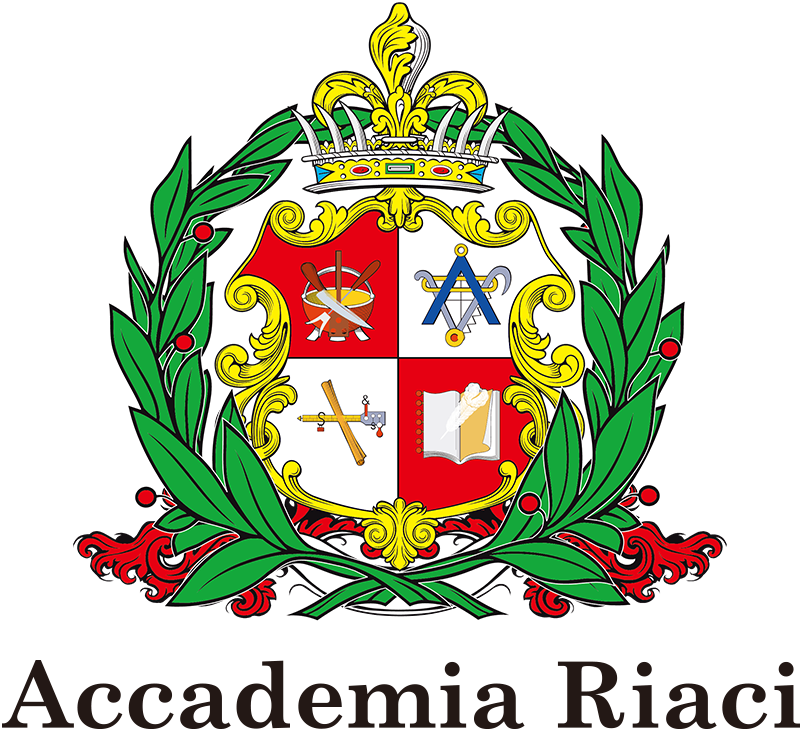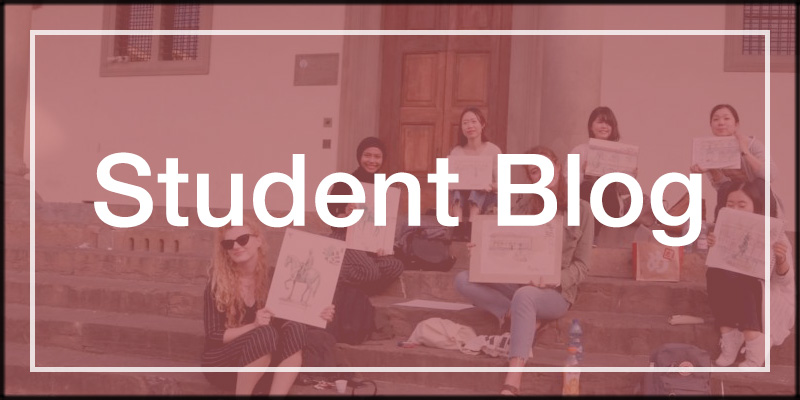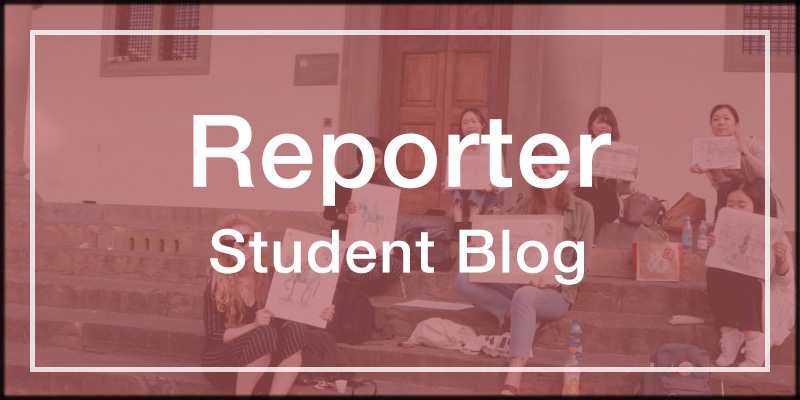Accademia Riaci
Student Reports
Read all class reports from our students!
12月. 01, 2016 | Posted in 未分類 , Student Reporter | Tags:Constance Schürch, Jewelry MakingReporter: | Course: Jewelry Making
Jewelry Making report #1 – Constance Schürch

Al comenzar un nuevo proyecto, es importante proyectar el diseño previamente en papel para definir los pasos de la fabricación de la pieza, las medidas, las piedras y metales a utilizar.
At the beginning of a new project, is very important to put the ideas on paper to define the follow of construction of the piece, the measures, the stones and metals to use.

Cuando compramos la granaia o plata 1000 es necesario fundirla con el cobre para añadirle dureza. En Italia se utiliza la aleación de plata 925 (92.5% de plata y un 7.5% de cobre). Luego se pasa por la laminadora para adecuar las medidas del metal a trabajar.
When we buy pure silver 1000 it’s necessary to melt it with copper to add hardness. In Italy the alloy used is silver 925 (92.5% of silver and 7.5% of copper) After that process, the silver goes through the rolling mill to adjust the metal measures.

Estructura de plata perforada, calada y soldada.
Silver structure drilled, cut and welded.

Una vez terminada y pulida la pieza, se comienza con el grabado manual a buril. Hay diversos tipos de buriles, cada uno cumple una función diferente. El último paso es el engaste de las piedras.
Once the piece is finished and polished, the hand engraving starts. There are differet tools for engraving, each one has a different function. The last step is the stone setting.

Anillo terminado.
Materiales: plata, oro y cuarzo citrino
Técnicas empleadas: grabado y engaste de piedras
Finished ring
Materials: silver, gold and citrine quartz
Tecniques used: engraving and Stone setting

Elda de Venezuela, trabajando en la construcción del anillo bombé con galería durante el tiempo de estudio independiente en el taller.
Elda from Venezuela, working hard into de construction of the convex ring with gallery during the independent study at the lab.

#domenicalmuseo es una iniciativa que permite la entrada gratuita el primer domingo de cada mes a los museos estatales de Italia. Este mes visitamos el Palacio Pitti, especialmente el Museo degli Argenti.
#domenicalmuseo is an initiative that allows free entrance every first Sunday of the month to the state museums of Italy. This month we visited the “Palazzo Pitti”, specifically the “Museo degli Argenti”.

El museo degli Argenti se ubica en dos pisos del Palacio Pitti, en las dependencias estivas de los Medici. Aquí se encuentran los tesoros que pertenecieron a los grandes duques que gobernaron Florencia (Lorenzo el Magnífico, Cosimo I, Francesco I, Mattias, Anna Maria Luisa de Medici.
The Argenti Museum is located on two floors of the Pitti Palace in the summer residence of the Medici. Here you can finde most of the treasures of the “Granduchi” collection, and his successors to follow were Lawrence the magnificent or “Lorenzo il Magnifico”, Cosimo I, Francesco I, Mattias, Anna Maria Luisa de Medici.

Se pueden encontrar objetos de diversas tipologías; Vasijas, camafeos, retratos, joyas, cristales, pequeñas esculturas, entre otros. Se distribuyen en diversas salas del palacio. También hay una sala dedicada a la joyería contemporánea
que expone piezas de reconocidos joyeros a nivel mundial.
In these rooms you will find different objects like: vases,, cameo, portraits, jewels, crystals , Little sculptures and many others. Each topology is located in different rooms of the palace. There is also a room dedicated to contemporary jewelry, which exposes pieces of renowned worldwide jewelers.
レポーターに質問する


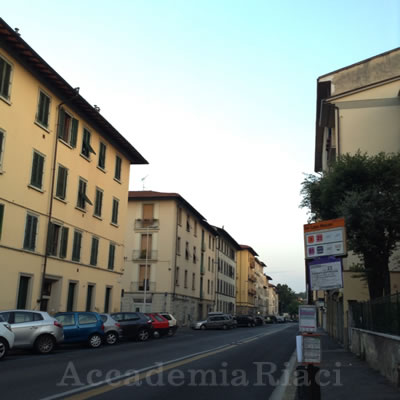
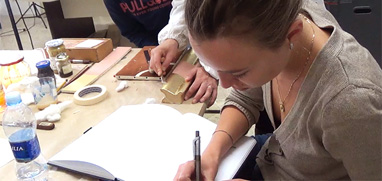
At Accademia Riaci, we are recruiting Course Reporters from our students. The students who are chosen to become Course Reporters are given 10 % of the tuition as their scholarship fee.
The Reporters who have submitted excellent reports will have his or her profile posted on our school website for the next 5 years as an alumnae and will be able to connect with their business chancesafter their graduation.

